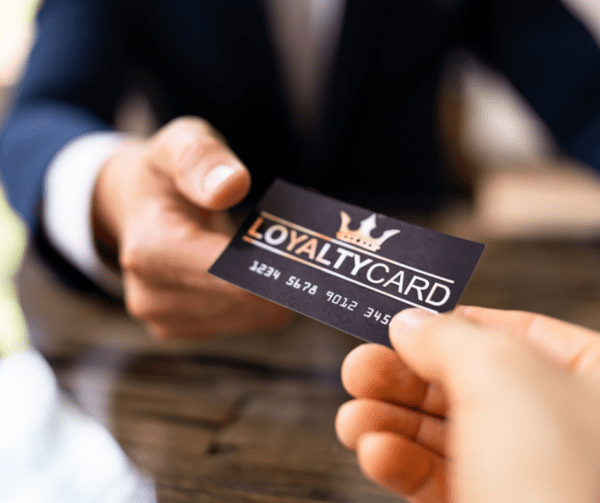UX – part 2 – how to get started?

The UX Designer’s job is to learn as much as possible about the user we are targeting with the product. To this end, it has a number of research methods at its disposal to achieve this goal. It seems simple, but… which method is best for a particular case? How do you prepare to conduct a survey and how do you find the right candidates to participate? These questions will be answered in this article.
The preparation stage plays a key role in the UX Designer’s job, as the conclusions we draw at the end depend on it. We begin the research process by learning about the research topic, market segment and research group. We know from autopsy that it is worthwhile to take advantage of the knowledge and experience of those who order the research or the sales force, who are usually closest to our end user.
The sales force has regular contact with customers and gains valuable information about their needs, preferences, problems and opinions. Using this knowledge avoids assumptions about users and bases design activities on real data. In addition, information from the sales force provides a better understanding of which features are most desired by customers. This makes it possible to create products or services that are more tailored to actual needs.
Incorporating the sales force also allows for process optimization – UX designers, using SF expertise, can make changes to interfaces and user experiences that will facilitate the sales process, increase conversions and improve the company’s bottom line. Post-implementation feedback is also important to improve the user experience, leading to better business results and customer satisfaction.
Here are the steps to implementing UX:
Research plan
A document that will allow us to organize the basic assumptions of the planned research process. For the client and the team, it will provide an outline of the activities to be implemented in the near future.
A formal research plan should include:
- Information about the ongoing project – what product the research is about and what user goals it accomplishes.
- Threats – it is worth considering what can go wrong and what areas can cause a problem, such as users are not proficient in using mobile apps.
- Research purpose – to explain what questions we are looking for answers to and what we want to find out in the course of our research.
- Research method – information about what method will achieve the set goals. Given the wide range of research methods available, it is very important to choose the right method based on rationale rather than personal preference.
- Respondents – defining what characteristics respondents will have, how we will recruit them, how many there will be, and what compensation has been provided for their time.
- Analysis and results – determining how the analysis will be carried out and how the results will be presented.
- Timetable – the layout of the research process with at least three most important dates – the start of recruitment, the conduct of research sessions and the delivery of results. There are a lot of people involved in the research process, so it’s a good idea to include time buffers in the schedule in case the various stages should shift.
Selection of the research method
The most important task is to choose the right research method. To do so, their specifics and the benefits and risks must be known. Several areas are worth considering when selecting a method:
- The research objective and the stage the project is at – do you know who the users are? Is the product new, or are we redesigning an existing solution?
- The type of data we want to acquire – do we understand user behaviour and frustrations? Do we need inspiration?
- User accessibility – do we have easy access to users? Can research topics be sensitive or embarrassing to users?
- Context of use – do we want to conduct user observation? Is the natural context of use important to us?
- Budget and schedule – what budget has been provided for the research? How much time do we have to conduct the research?
- Project and research team – how many people will conduct the research? What is their availability and specialties? Does the client want to observe the research?
We won’t be able to use every available research method in any project, so it’s a good idea to combine complementary research techniques, such as qualitative with quantitative, so we can learn about the problem from different perspectives.
Sampling and recruitment of research participants
Intentional selection is the most common way to establish a sample in research. The researcher recruits people based on predefined criteria, such as they are owners of food establishments.
Recruiting respondents can be done in several ways. One of them is to use the help of a specialized research agency, but in such a situation you have to expect additional costs. If, for financial reasons, the team cannot afford to use this service, it is worth recruiting on its own, among other things: on social media, in thematic groups, or within the organization.
Recruitment and selection of respondents will be facilitated by a pre-created recruitment questionnaire, which can be conducted online or during a telephone interview. It’s worth including filter questions to exclude people who don’t fit the established criteria. It is also important to ask the respondent about their preferred date for the meeting.
In this text, we discuss the key aspects of getting started in UX Design. They are key to successfully launching UX activities and allow for user understanding and effective research, resulting in successful designs and products that meet real user needs.
At Interactive Systems, we consider UX at the design stage of loyalty programs because it affects customer satisfaction, facilitates participation, encourages loyalty, fosters engagement, enables and provides a competitive advantage. User-friendly solutions have great potential to strengthen the bond with customers and build lasting relationships with the brand.
References:
- I. Mościchowska, B. Rogoś-Turek, Badania jako podstawa projektowania User Experience, Ed. PWN, Warszawa 2015
- https://www.witflow.com/kanwa-planowania-badan-ux
Author: Sandra Pietrzak
Junior Project Manager
Sandra has many years of experience in the field of loyalty applications. She uses her skills in UX, which is her professional passion.
Editorial: Ewa Nowaczyk-Przybylak
Translation: Paweł Kurpisz

Managing Director
+48 728 877 351
k.skocki@interactivesystems.pl
- you will find solutions to your challenges;
- you will learn the mechanisms to activate B2B partners and customers;
- you will get a reliable valuation and implement the loyalty program concept.
Want to find out if you’re getting the most out of your sales support?
Use our performance calculator and see what it looks like for you!



